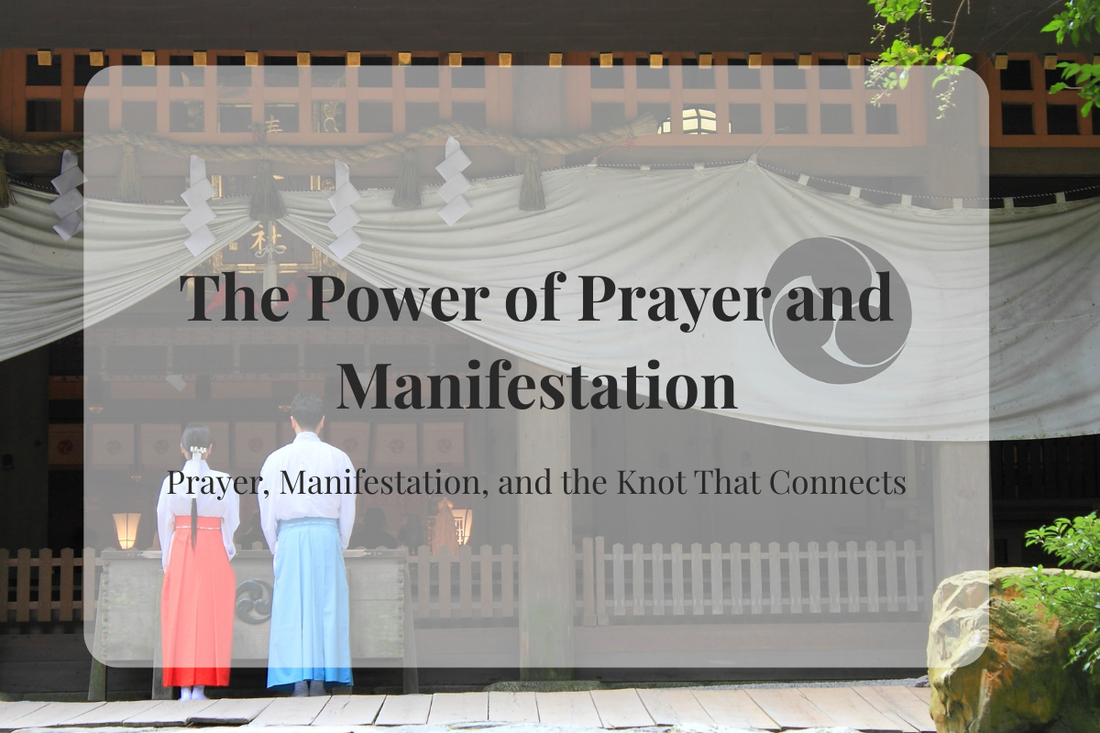
When We Add Our Hands, the Divine Appears
Shinto and the Power of Manifestation
Lately I have made it a habit to pray at a Shinto shrine every evening. I offer a coin, ring the bell, bow twice, clap my hands twice, and then put my hands together to pray. Strangely enough, many of the things I imagine begin to take shape in reality. People I was thinking about suddenly reappear, and the help I need arrives naturally, almost as if it were waiting for me. After many such experiences, I began to feel, “This is not just coincidence. Perhaps my intention is moving reality itself.”
Looking back through history, great generals and leaders who rose to power in Japan all relied on prayer and vows. Before battles they would always visit shrines and temples to ask for victory and prosperity. Even today, many successful politicians and business leaders keep shrine visits as a personal practice. For them, prayer was not only ritual, but a way to make their wishes real.
When I later came across books and podcasts on the Law of Attraction and the Power of Manifestation, I immediately saw the parallel. The process is the same: form a clear intention, speak it into the world, and then leave the outcome to heaven. What struck me was that the act of praying at a shrine and the modern idea of Manifestation were describing the same truth, only in different languages.
Three Stages of Prayer and Manifestation
In Shinto, prayer can be understood in three steps:
-
Expressing the wish (Manifest) = Kotodama
- In Japan, it has long been believed that words carry spirit.
- Shinto chants (norito) and poetry are not just words, but forces that shape reality.
- Speaking your wish aloud is an act of releasing intention into the world.
-
Creating resonance (Vibration) = Ki, Oto-dama, Clapping
- The sound of bells and clapping hands is said to awaken and purify the flow of ki (vital energy).
- It aligns the human heart with the divine presence.
- Ancient Japanese also spoke of oto-dama, the spirit within sound itself.
- In today’s terms, this is “alignment”—tuning yourself to the frequency of what you seek.
-
Surrendering (Surrender) = Tenmei, Gratitude and Awe
- After voicing a wish and purifying the space, the final step is to let go.
- Shinto emphasizes reverence (ikei) and gratitude above all.
- Instead of clinging to control, one entrusts the outcome to heaven.
- This is exactly what Manifestation calls “surrendering to the universe.”
The Symbol of the Knot
This led me to focus on something deeply Japanese, the knot. Our culture is full of them.
- Sacred treasures are bound with knots.
- The stage curtains of Kabuki theaters are tied with large knots believed to keep evil away.
- The sacred ropes of sumo and the wrestlers’ mawashi are powerful symbols of knots.
Knots do more than tie things together. They create boundaries, ward off negativity, and bring harmony. They are physical acts that embody vibration and alignment.
Musubi, the Power to Create
At the heart of Shinto thought is musubi (産霊), meaning to give birth and to connect. All of nature’s cycles and all human relationships are the result of musubi. Where the Law of Attraction says thought creates reality, Shinto says knots bring forth new bonds and new realities. Different words, but the same understanding.
Handwork and Knots
Knots always come from human hands. When we tie something with care, it holds more than shape, it holds intention. It becomes more than string, it becomes meaning.
The furoshiki (traditional wrapping cloth) is a perfect example. A simple square of fabric becomes a tool only when it is folded and tied. It protects, carries, and beautifies. Through the act of knotting, a plain cloth comes alive. In that moment, the hand, the heart, and musubi meet.
Heaven, Earth, and Human Hands
Japanese tradition speaks of Tenchi-jin, Heaven, Earth, and Human.
- Heaven = the power of nature and the cosmos
- Earth = the gifts of the land, the material itself
- Human = the hands and hearts that give form
Only when Heaven, Earth, and Human hands come together does life enter an object. A true furoshiki is born this way, made in Japan, crafted with the hands and spirit of Japanese artisans.
Bringing Knots Into Daily Life
Prayer is Manifestation. Knots are Vibration. Letting go is Surrender. Shinto and the Law of Attraction are telling the same story, only with different words.
Knots are still with us today, in gifts wrapped with mizuhiki, in ema plaques tied at shrines, and in furoshiki folded with care. Each knot is an act of intention. Each one shapes the invisible.
When you tie a knot, you might be doing more than securing fabric or string. You might be tuning yourself with the power of musubi, aligning your world, and calling new connections toward you.
